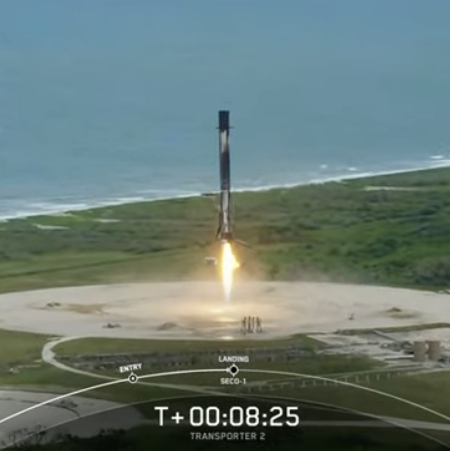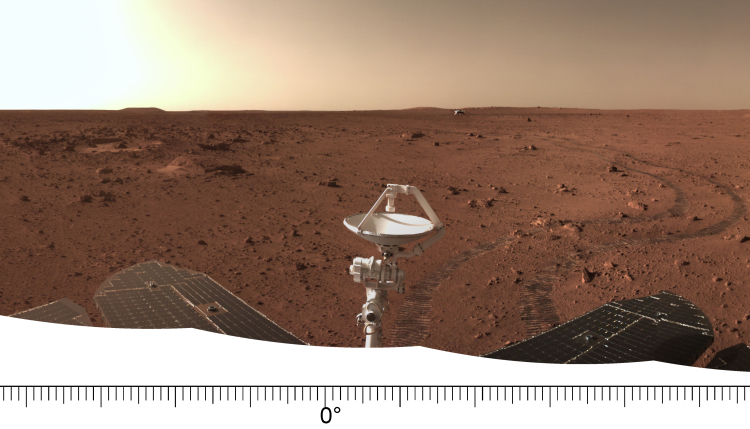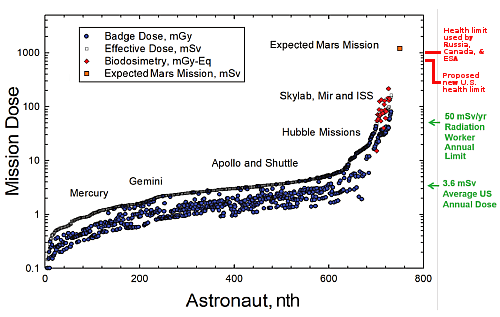Judge rules SpaceX must comply with Justice subpoena
A federal Judge has ruled that SpaceX must comply with Justice Department subpoena demanding its full hiring records in connection with an investigation by the agency’s Immigrant and Employee Rights Section about SpaceX’s decision to not to hire a non-citizen.
However, the DOJ unit is not only investigating the complaint, but also has said it “may explore whether [SpaceX] engages in any pattern or practice of discrimination” barred by federal law. Investigators in October issued a subpoena demanding that SpaceX provide information and documents related to its hiring and employment eligibility verification processes, to which SpaceX has not fully complied.
Hiring policies in place
SpaceX’s lawyers argued in court that the DOJ’s probe is overbearing given the original complaint. “No matter how generously ‘relevance’ is construed in the context of administrative subpoenas, neither the statutory and regulatory authority IER relies on, nor the Fourth Amendment to the U.S. Constitution, permits IER to rifle through SpaceX’s papers on a whim and absent reasonable justification,” SpaceX said. “And even if IER could somehow belatedly justify its current investigations, IER’s subpoena is excessively overbroad. IER’s application for an order to comply with the subpoena should be denied,” the company added.
There is another component that suggests this investigation is bogus and is intended as an attack by the government against SpaceX. The company makes rockets, and it must be extra careful about its hiring of any foreign national. So, on one hand the government forbids SpaceX from hiring foreigners, and on the other hand the government is condemning SpaceX for not doing so.
Moreover, it does appear that Justice is going on a fishing expedition in SpaceX’s files, something it is forbidden to do according the fourth amendment of the Constitution. A search such has this can only occur when there is evidence a specific crime has occurred. The search Justice wishes to do is broad and unreasonable, not based on any specific allegations but merely to “explore” SpaceX records to find a crime.
We have only just begun. The law and the Constitution means little to many in the Biden administration, in Washington, and in our government in general. What matters is power and the ability of these thugs to tell everyone else what to do. It looks like they increasingly have SpaceX in their sights.
A federal Judge has ruled that SpaceX must comply with Justice Department subpoena demanding its full hiring records in connection with an investigation by the agency’s Immigrant and Employee Rights Section about SpaceX’s decision to not to hire a non-citizen.
However, the DOJ unit is not only investigating the complaint, but also has said it “may explore whether [SpaceX] engages in any pattern or practice of discrimination” barred by federal law. Investigators in October issued a subpoena demanding that SpaceX provide information and documents related to its hiring and employment eligibility verification processes, to which SpaceX has not fully complied.
Hiring policies in placeSpaceX’s lawyers argued in court that the DOJ’s probe is overbearing given the original complaint. “No matter how generously ‘relevance’ is construed in the context of administrative subpoenas, neither the statutory and regulatory authority IER relies on, nor the Fourth Amendment to the U.S. Constitution, permits IER to rifle through SpaceX’s papers on a whim and absent reasonable justification,” SpaceX said. “And even if IER could somehow belatedly justify its current investigations, IER’s subpoena is excessively overbroad. IER’s application for an order to comply with the subpoena should be denied,” the company added.
There is another component that suggests this investigation is bogus and is intended as an attack by the government against SpaceX. The company makes rockets, and it must be extra careful about its hiring of any foreign national. So, on one hand the government forbids SpaceX from hiring foreigners, and on the other hand the government is condemning SpaceX for not doing so.
Moreover, it does appear that Justice is going on a fishing expedition in SpaceX’s files, something it is forbidden to do according the fourth amendment of the Constitution. A search such has this can only occur when there is evidence a specific crime has occurred. The search Justice wishes to do is broad and unreasonable, not based on any specific allegations but merely to “explore” SpaceX records to find a crime.
We have only just begun. The law and the Constitution means little to many in the Biden administration, in Washington, and in our government in general. What matters is power and the ability of these thugs to tell everyone else what to do. It looks like they increasingly have SpaceX in their sights.








